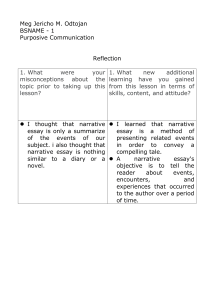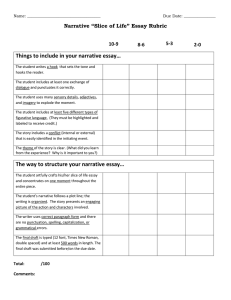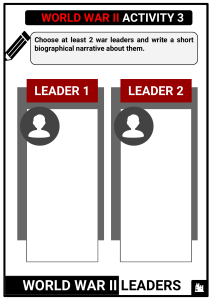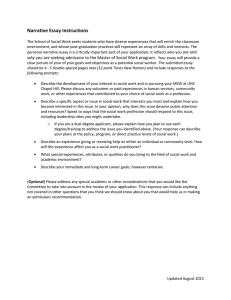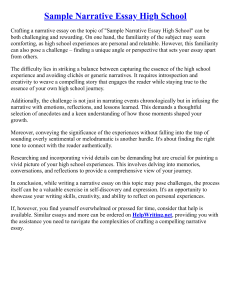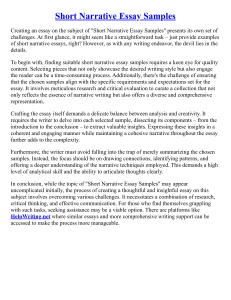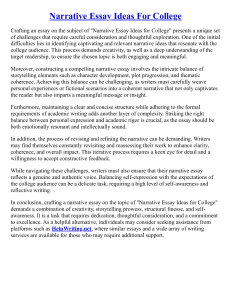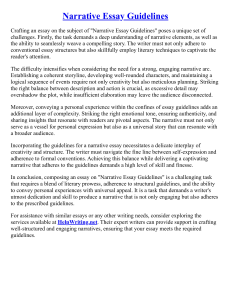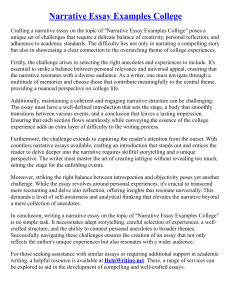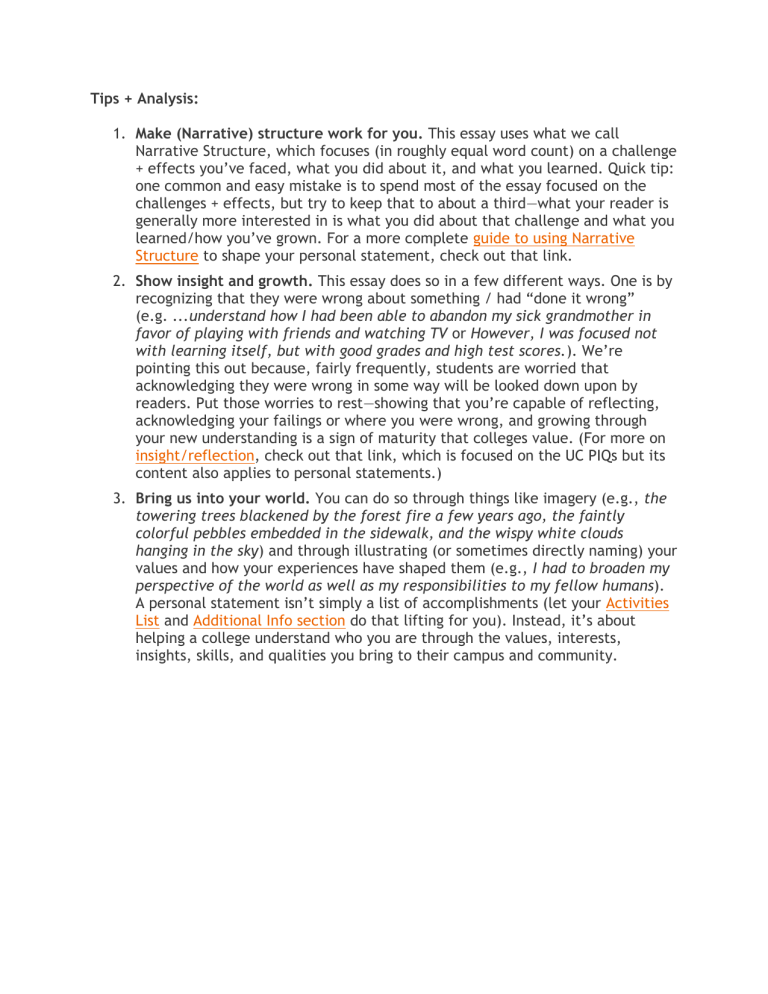
Tips + Analysis: 1. Make (Narrative) structure work for you. This essay uses what we call Narrative Structure, which focuses (in roughly equal word count) on a challenge + effects you’ve faced, what you did about it, and what you learned. Quick tip: one common and easy mistake is to spend most of the essay focused on the challenges + effects, but try to keep that to about a third—what your reader is generally more interested in is what you did about that challenge and what you learned/how you’ve grown. For a more complete guide to using Narrative Structure to shape your personal statement, check out that link. 2. Show insight and growth. This essay does so in a few different ways. One is by recognizing that they were wrong about something / had “done it wrong” (e.g. ...understand how I had been able to abandon my sick grandmother in favor of playing with friends and watching TV or However, I was focused not with learning itself, but with good grades and high test scores.). We’re pointing this out because, fairly frequently, students are worried that acknowledging they were wrong in some way will be looked down upon by readers. Put those worries to rest—showing that you’re capable of reflecting, acknowledging your failings or where you were wrong, and growing through your new understanding is a sign of maturity that colleges value. (For more on insight/reflection, check out that link, which is focused on the UC PIQs but its content also applies to personal statements.) 3. Bring us into your world. You can do so through things like imagery (e.g., the towering trees blackened by the forest fire a few years ago, the faintly colorful pebbles embedded in the sidewalk, and the wispy white clouds hanging in the sky) and through illustrating (or sometimes directly naming) your values and how your experiences have shaped them (e.g., I had to broaden my perspective of the world as well as my responsibilities to my fellow humans). A personal statement isn’t simply a list of accomplishments (let your Activities List and Additional Info section do that lifting for you). Instead, it’s about helping a college understand who you are through the values, interests, insights, skills, and qualities you bring to their campus and community.

